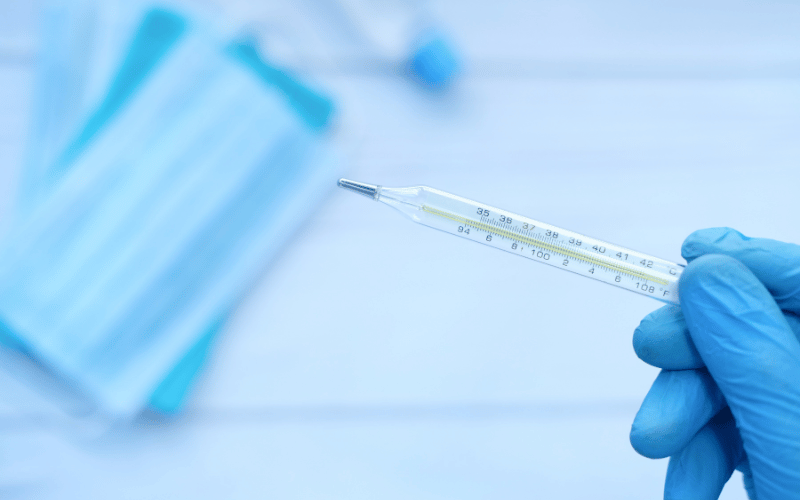Symptom 8: Fever – When the Heat Rises Beyond Normal

The concept of a fever, for most, conjures up images of colds, the flu, or perhaps an infection. Rarely does one connect it with something as specific as a femoral hernia. But in the vast and interconnected world of the human body, such links are more common than one might think. When someone with a potential hernia suddenly experiences a spike in temperature, it’s the body sounding a heightened alarm, indicating a possible complication from the hernia.
The science behind this is quite straightforward. If the herniated tissue – be it intestine or fat – becomes strangulated, it could lead to inflammation and infection. Our body’s innate response to infections? A fever. It’s a defense mechanism, attempting to create an environment where pathogens find it hard to thrive. In the case of femoral hernias, the fever is the body signaling a possible crisis.
A fever from a hernia doesn’t operate in isolation. It typically accompanies other signs like pronounced groin pain, nausea, or even skin discoloration around the affected area. It’s not your run-of-the-mill fever that can be attributed to a seasonal bug. Its persistence and association with other symptoms make it stand out.
Turning a blind eye to a persistent fever, especially when one has other hernia symptoms, can lead to dire consequences. If the herniated tissue is indeed strangulated, every passing hour can escalate the risk of tissue death. Swift medical intervention is not just recommended; it becomes imperative. (8)